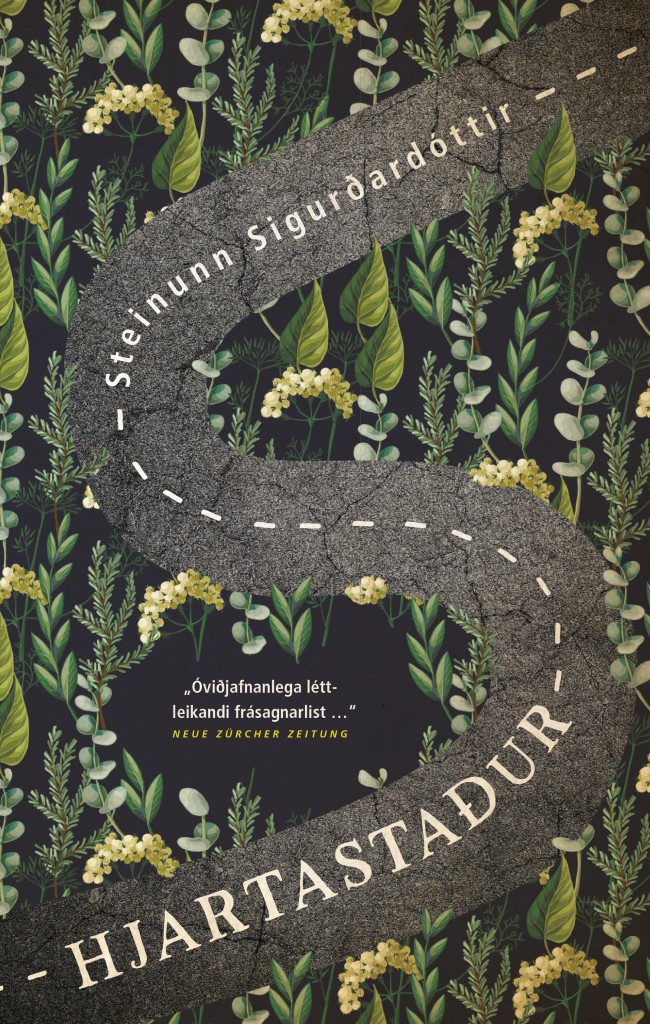A travelogue through Iceland and into the soul, in search of love and oneself.
Harpa Eir flees the city to save her daughter from the questionable company she is keeping. With mother and daughter in tow, it is Harpa’s friend who drives the car, the heading set for the family estate in the east. But the journey soon turns into more than saving her child, because unknown to her, Harpa Eir is on her way to a meeting with the truth about herself.
Place of the Heart is a powerful travel story where the road leads not only past the majestic nature along the roadside, but also the barren landscape of the mind. Inside the car and out, the trio face various challenges while all around them swarm haunting memories and characters from the past, both alive and dead.
AWARDS
The Icleandic Literary Prize
Nomination for the Nordic Council Literary Prize
Nomination for the European Aristeion Literary Prize
REVIEWS
“Masterly use of narrative techniques.”
Tages-Anzeiger, Germany
“Sigurdardottir unites an exciting and entertaining narratrive with the artistic depth displayed in her web of different eras, and most of all in her exact and pliable use of languaage, leaving the reader feeling he is witnessing the birth of the novel itself.”
Dagens Nyheter, Sweden
“Her humour and the playful, extremely inventive writing style make the reading a joy not unlike reading Halldor Laxness when he was at his best.”
Politiken, Denmark
“Place of the Heart is a novel about restless hearts, told in a style that mixes realism with lyricism. The story is told from the viewpoint of a young girls mother; she perceives her circumstances partly from within, from her own thoughts, but partly also from outside, as the omniscient author who creates her own circumstances and solutions. This is a demanding form. Sigurdardottir succeeds in creating a picture of strong women with big hearts, telling a story which is universal, while also being firmly rooted in an Icelandic setting.”
Adresseavisen, Norway
“…a well-formed novel. Steinunn Sigurdardottir neatly touches many strings and she manages to take together this complicated subject and an extensive gallery of characters in an integrative story. And at the end she is able to surprise the reader with astonishing ending.”
Dagbladet, Norway

